Vertebrates are a group of animals characterized by their vertebral column and internal skeletal system. There are nearly 70,000 species of vertebrates, ranging from marine fish and mammals to terrestrial reptiles, amphibians, and birds.
Some well-known examples of vertebrates include mammals like dogs, cats, whales, bats, and humans. There are also vertebrate birds like eagles, chickens, penguins and ostriches. Reptiles such as snakes, turtles and crocodilians have backbone structures. And amphibians including frogs, salamanders and newts are vertebrates as well.
Also read Examples of Invertebrates
Examples of Vertebrates
Here are some most common examples of vertebrates, along with their scientific name, characteristics, and pictures:
1. Human
Scientific Name: Homo sapiens
Humans have a spinal column with 33 vertebrae that houses and protects the spinal cord, supporting head and torso movement via attached rib muscles and ligaments.

Do you know? There are currently over 7.9 billion humans inhabiting almost every land environment on earth.
2. Cat
Scientific Name: Felis catus
Cats of all breeds have a flexible spinal column and skeleton allowing agility and hunting reflexes to catch nimble prey like mice or birds in midair leaps.
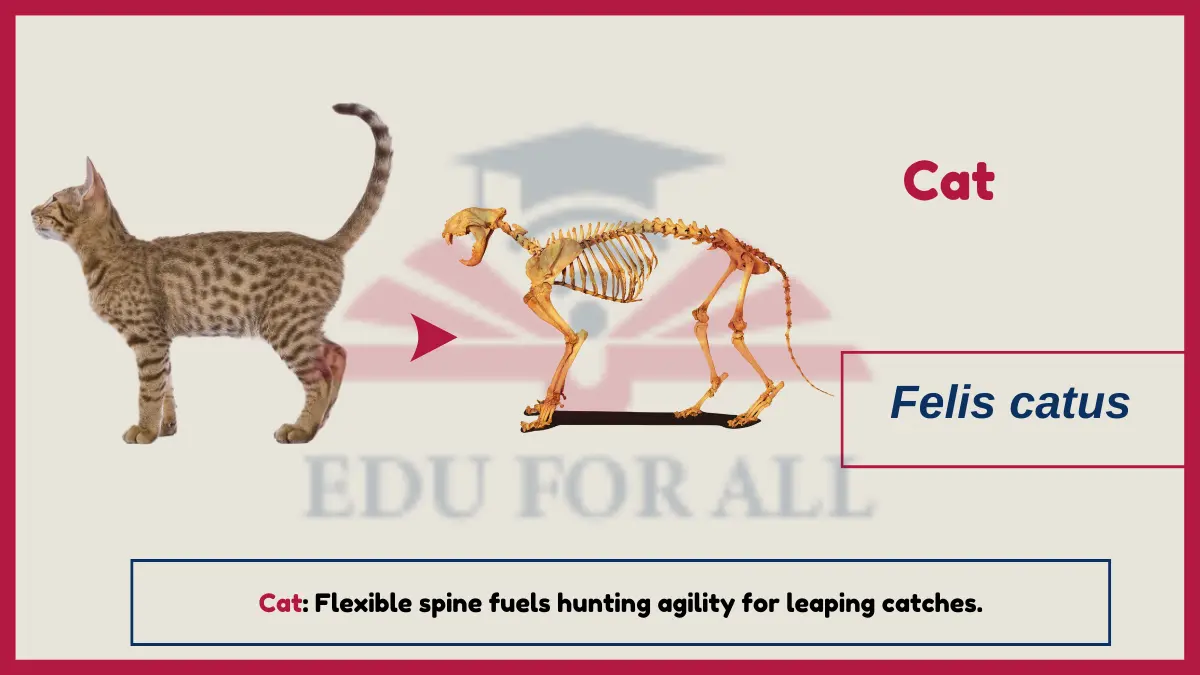
Do you know? A cat can jump up to 8 times its height from a standstill thanks to strong hind leg bones.
3. Chicken
Scientific Name: allus gallus domesticus
The chicken has a lightweight vertebral skeleton and fused collarbone adapted for flight with wings attached to breastbone and shoulder blades.
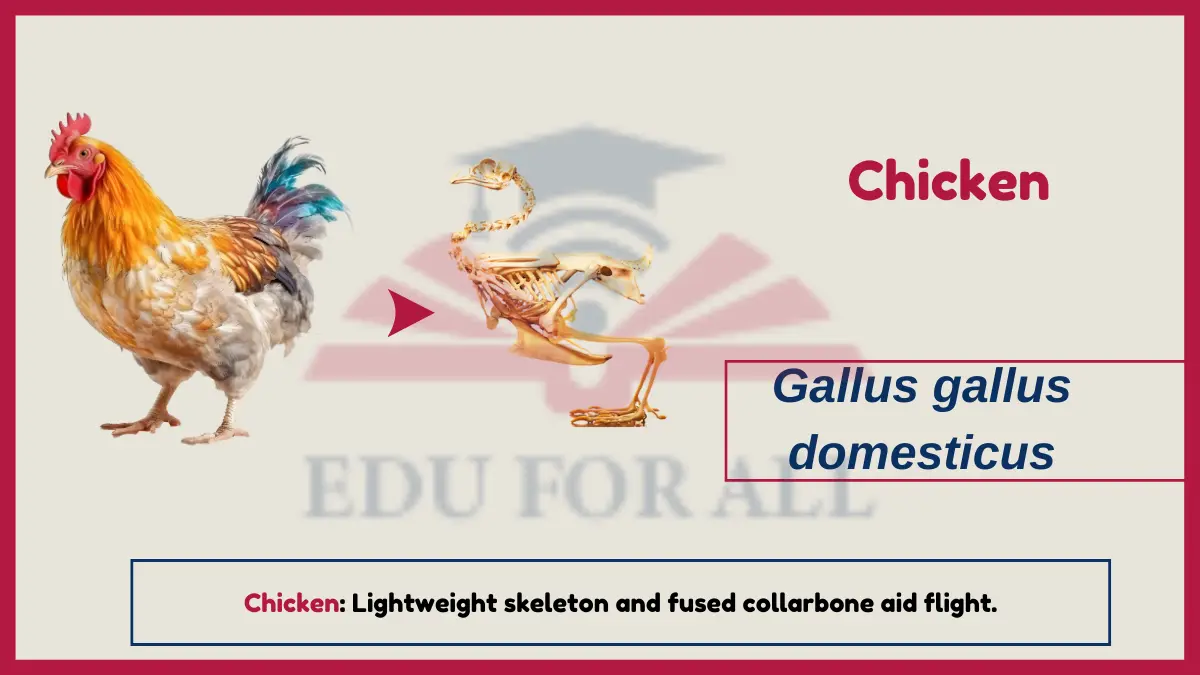
Do you know? There are 25 billion chickens being farmed globally for meat and egg production each year.
4. Cow
Scientific Name: Bos taurus
Cows as mammals have vertebral backbones allowing them to support huge 1,000-1500 pound bodies while standing for long periods chewing cud to digest tough grasses.
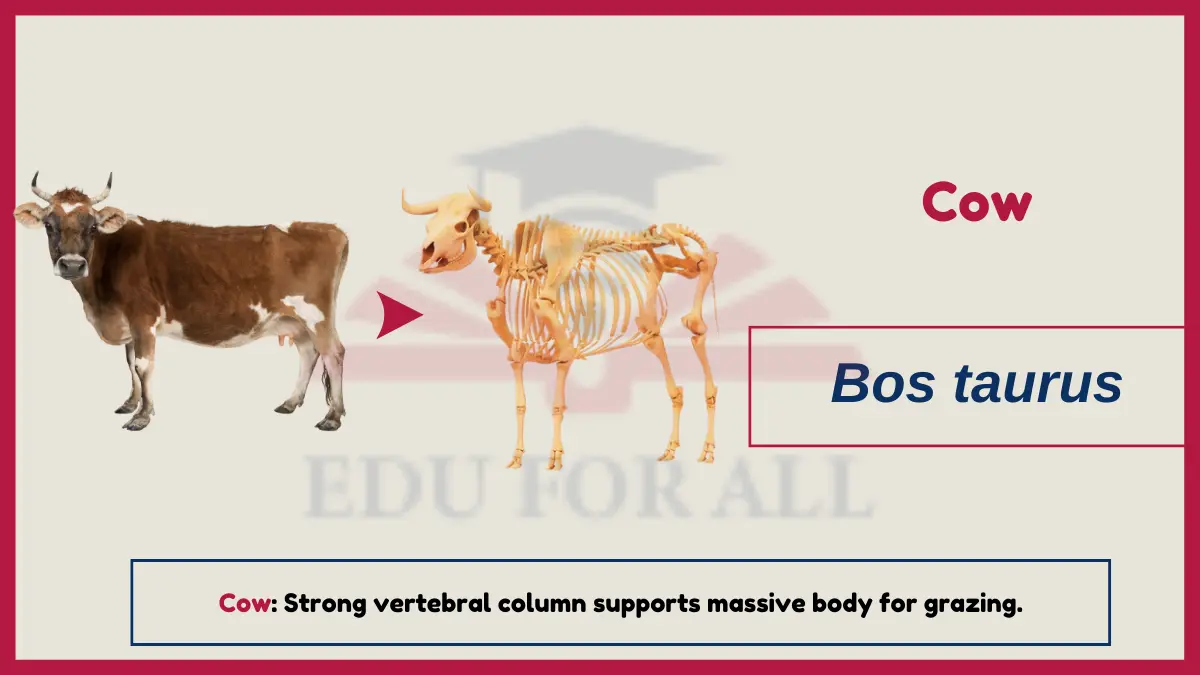
Do you know? A single dairy cow can produce 200,000 glasses of milk over her lifetime.
5. Dog
Scientific Name: Canis lupus familiaris
Dogs have an anatomical skeletal structure including vertebral discs cushioning spinal movement that provide agile stability for running, jumping, hunting, or herding sheep.

Do you know? Some dogs like the Greyhound can run up to 45 miles per hour.
6. Zebra
Scientific Name: Equus quagga
Zebras have sturdy equine vertebral skeletons that support running long distances over open grasslands to escape lion predators chasing them.
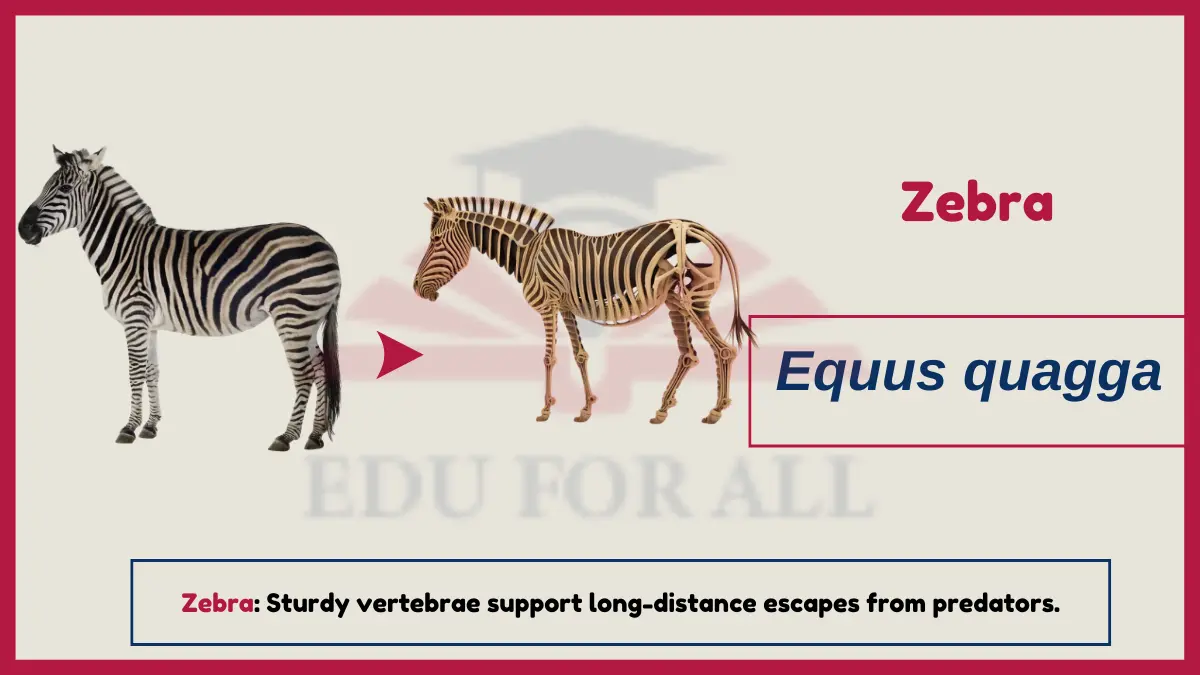
Do you know? No two zebras have the exact same stripe pattern which serves as an individual identifier.
7. Salmon
Scientific Name: Salmo salar
Salmon have bony vertebrae and rib bones that allow them to swim upstream against river currents to reach spawning grounds after hatching in offshore waters years prior.
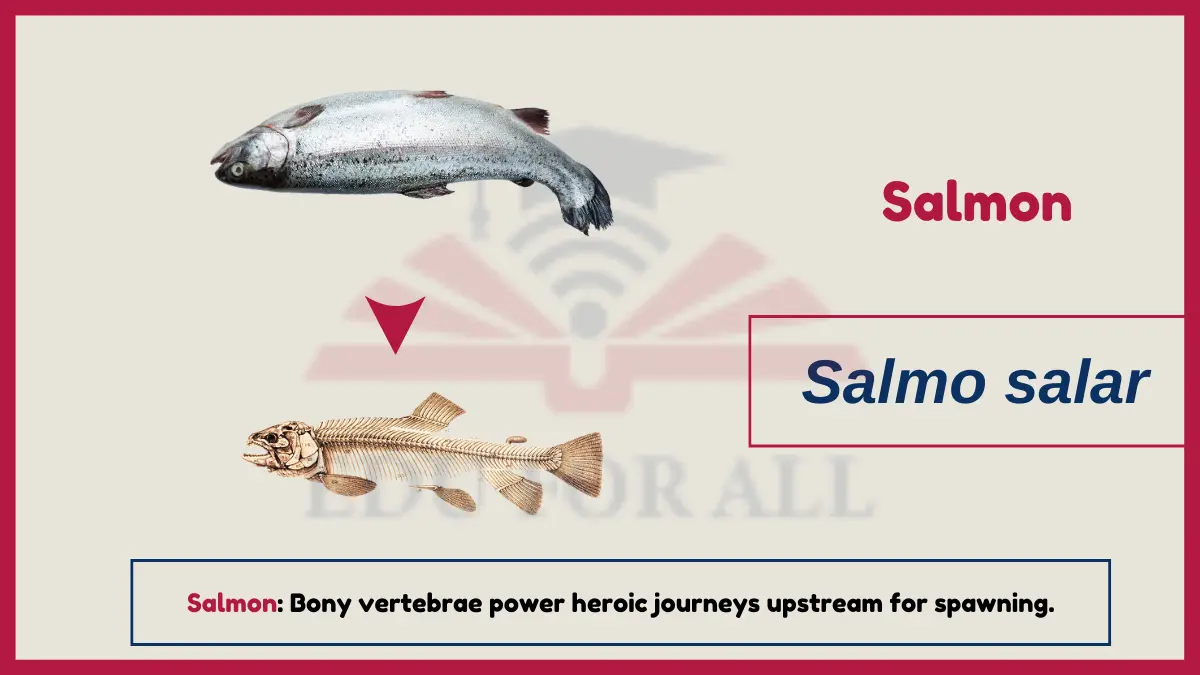
Do you know? Sockeye salmon journey heroic distances up to 3,000 miles from ocean to freshwater streams to reproduce just once before death.
8. Frog
Scientific Name: Lithobates catesbeianus
Frogs as amphibians have backbones allowing them to live both on land and in water thanks to muscular hind legs adapted for jumping and swimming along muddy pond bottoms.
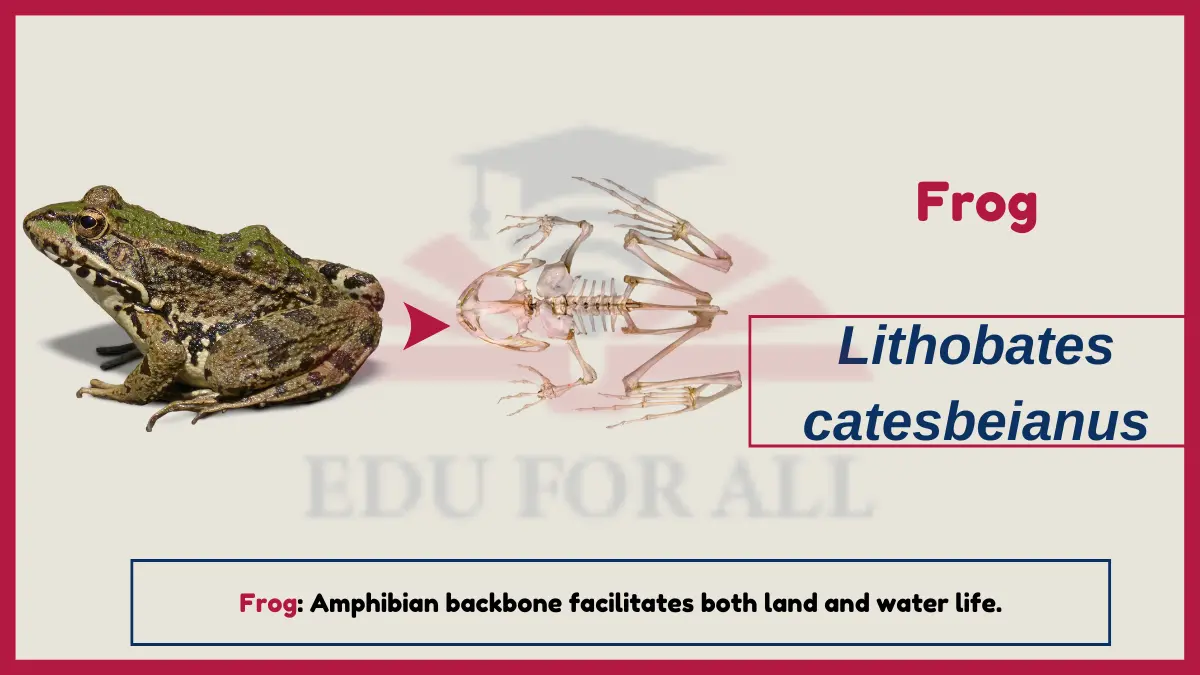
Do you know? The goliath frog is the largest frog species, reaching over 12 inches long and weighing 7 pounds.
9. Sparrow
Scientific Name: Passer domesticus
Sparrows have lightweight vertebrate skeletons with strong pectoral muscles for flapping wings attached to breastbone keels catalyzing flight and steering

Do you know? A sparrow’s heart beats 400 times per minute while resting and over 1000 beats per minute while flying.
10. Shark
Scientific Name: Carcharhinus leucas
As ocean predators, sharks have cartilage spinal columns with attached fins and mighty jaw structures giving speed and biting力 for attacks
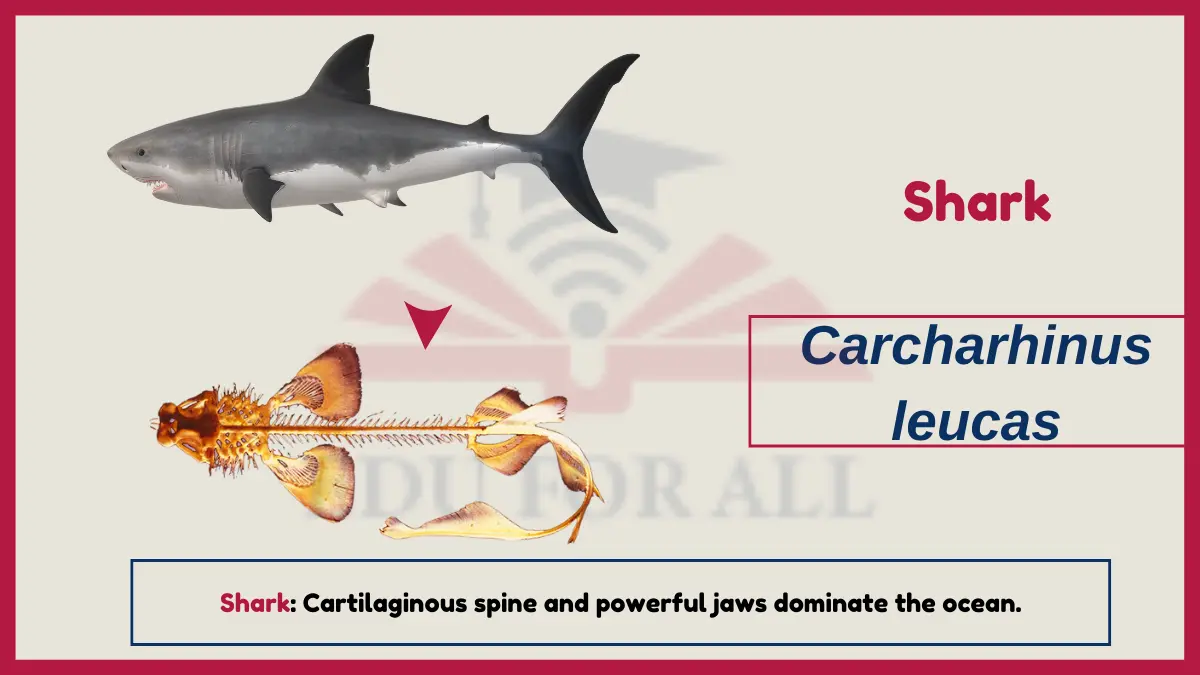
Do you know? Some sharks have exceptional electroreceptive sensing allowing them to detect animals buried in sand from yards away.
11. Turtle
Scientific Name: Chelonia mydas
Turtles, having backbones inside protective ventral shells, can retract heads and limbs entirely inside to shield from predators when afraid or sleeping.

Do you know? Sea turtles migrate up to 10,000 miles between feeding grounds annually relying on magnetic fields and inborn navigation instincts.
12. Eagle
Scientific Name: Aquila chrysaetos
Eagles have vertebral skeletons adapted for flight including broad wings attached to deep breastbone keels providing lift powerful enough to capture swift prey while diving at speeds exceeding 150 mph.
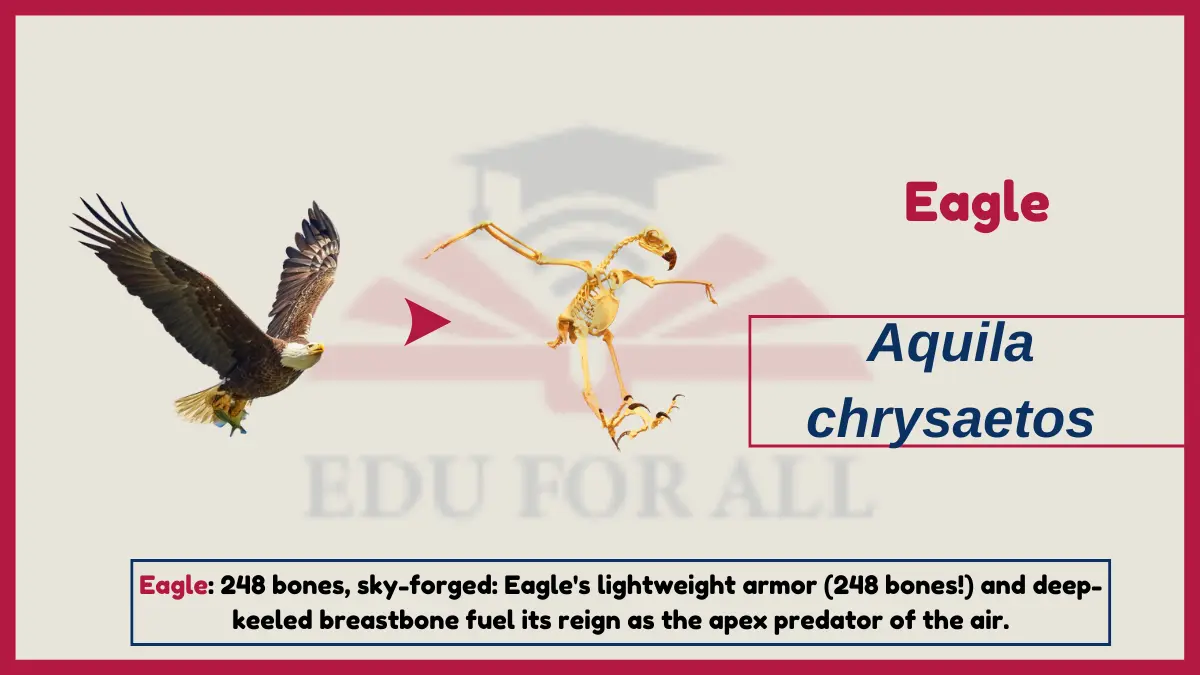
Do you know? Bald eagles have up to 7000 feathers evenly covering wings and body down to legs for effortless air navigation and lift.
13. Chameleon
Scientific Name: Furcifer pardalis
Chameleons have specialized vertebrae allowing independent rotation of eye turrets for wide optic ranges to spot prey and unique tongue-bone extension reaching twice their body length to grasp insects.
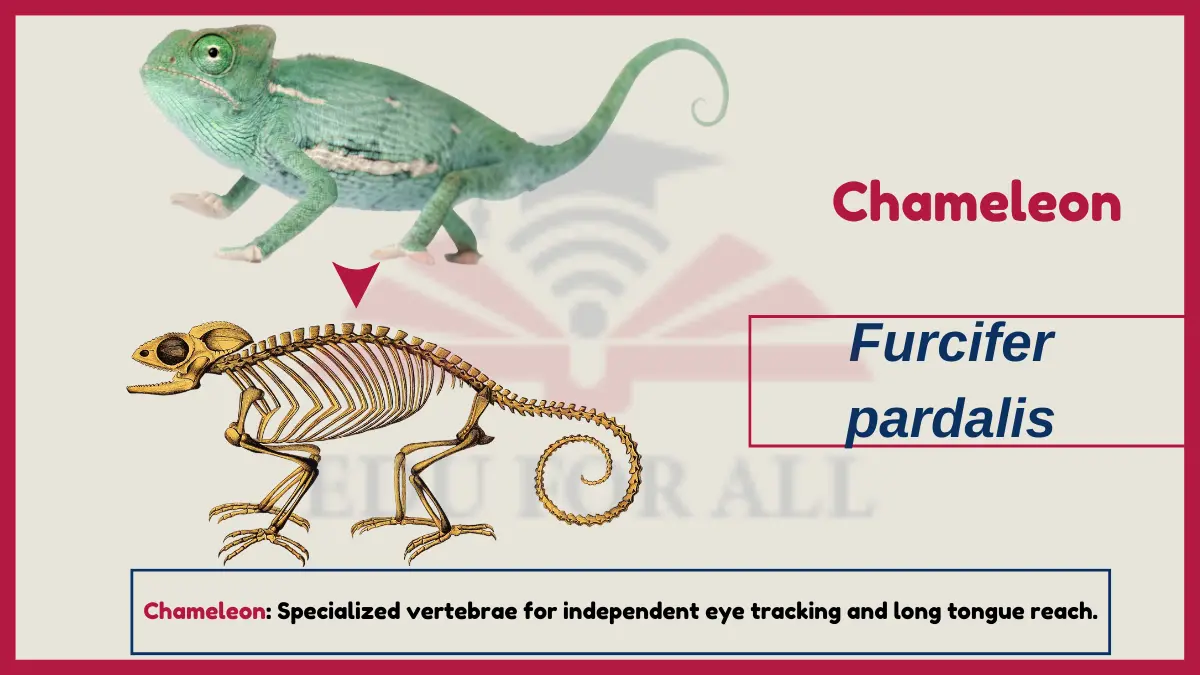
Do you know? Chameleons have telescopic eyes that can move independently up to 180 degrees.
14. Squirrel
Scientific Name: Sciurus carolinensis
Squirrels have flexible spines to quickly twist searchingly allowing climbing mobility between branches and telephone wires while constantly foraging.
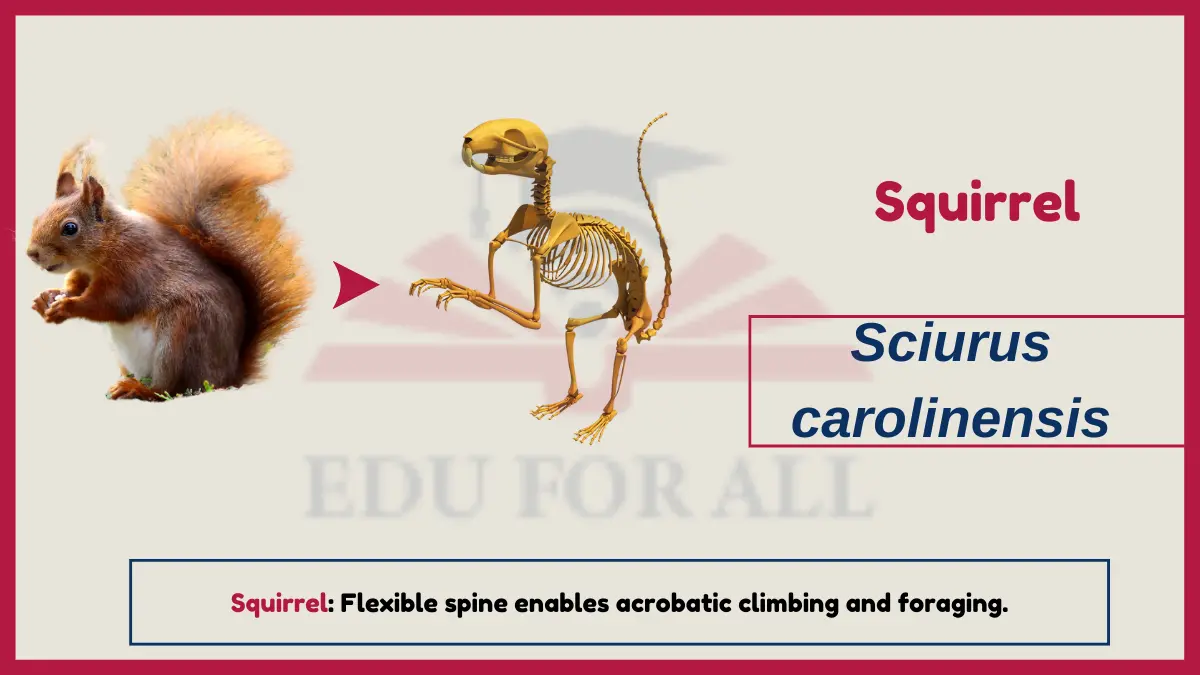
Do you know? Squirrels communicate through tail signals and can sprint 20 miles per hour to evade threats.
15. Goldfish
Scientific Name: Carassius auratus auratus
Goldfish skeletal structures include fins, gills, and caudal peduncles propelling maximum maneuverability and speed for life in home aquariums or ponds after domestication from wild carp breedancestors.

Do you know? Selectively bred goldfish come in varietal colors and unique shapes from common feeder goldfish to celestial eyed to arcing butterfly body types.

